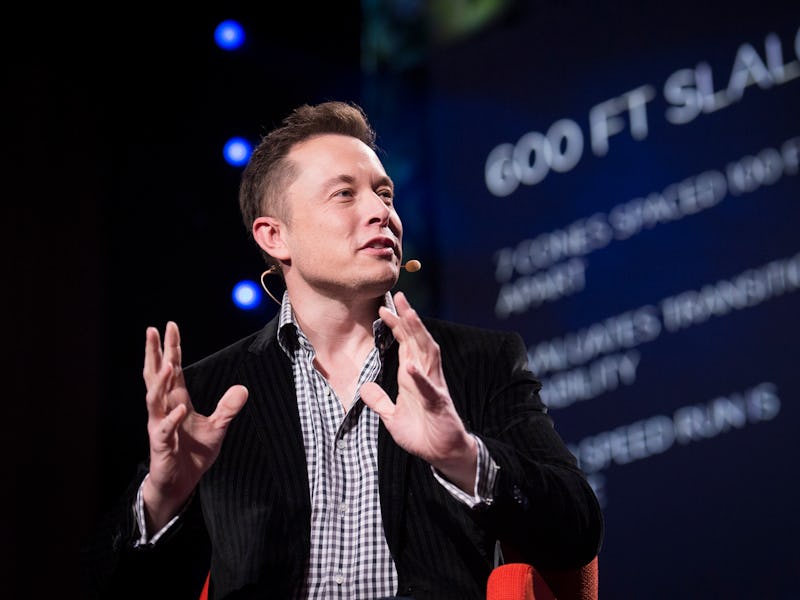Elon Musk has let slip the news that a new boring machine is on its way to SpaceX’s headquarters in Hawthorne, California. When it gets there next month, it’s digging time, Musk posted Friday on Twitter, his preferred way to make news. While the Tesla and SpaceX CEO didn’t elaborate much, it appears that Musk is still 100 percent serious about the cheekily named Boring Company’s efforts to dig tunnels as a transportation alternative to being stuck on the freeway.
At the end of January, Musk starting digging this giant hole in the parking lot beneath SpaceX, essentially just to see how it worked. Based on his recent tweet, he’s moved past hole-digging and bought a bona-fide boring machine that’s ready to dig tunnels. He has said that the tunnel system was created with the Hyperloop in mind, and thinks he can improve tunneling speed up to 1000 percent. The big idea hasn’t been lost on the media and was the subject of a Bloomberg Businessweek cover story.
The news came out, in typical Musk fashion, during the middle of a tweetstorm of new Tesla Model 3 footage. After Musk called the Model 3 “a smaller, more affordable version of Model S w less range & power & fewer features,” a Twitter user replied with a little snark, tweeting “and the Boring Machine is just a larger, slower model 3 with less features. Considerably better off road tho.”
This led to Musk’s denouement: “Yup, machine arrives next month and we start digging the tunnel!”
It sounds like the limiting factor on Musk’s big hole in the SpaceX parking lot was how quickly the dirt could be removed from the hole. About a month and a half ago, Musk said he would start digging “in a month or so,” but a new boring machine would explain why the plan seems to be in the “or so” part of that timeline.
And despite how ridiculous the scenario is, improvements in tunneling tech would help more than Musk’s plan to build a 3D network of tunnels 30-layers deep. Tunneling is expensive and slow, so a Musk-engineered boring machine that makes that faster or cheaper in any way would be useful to a lot of infrastructure projects in the future.
